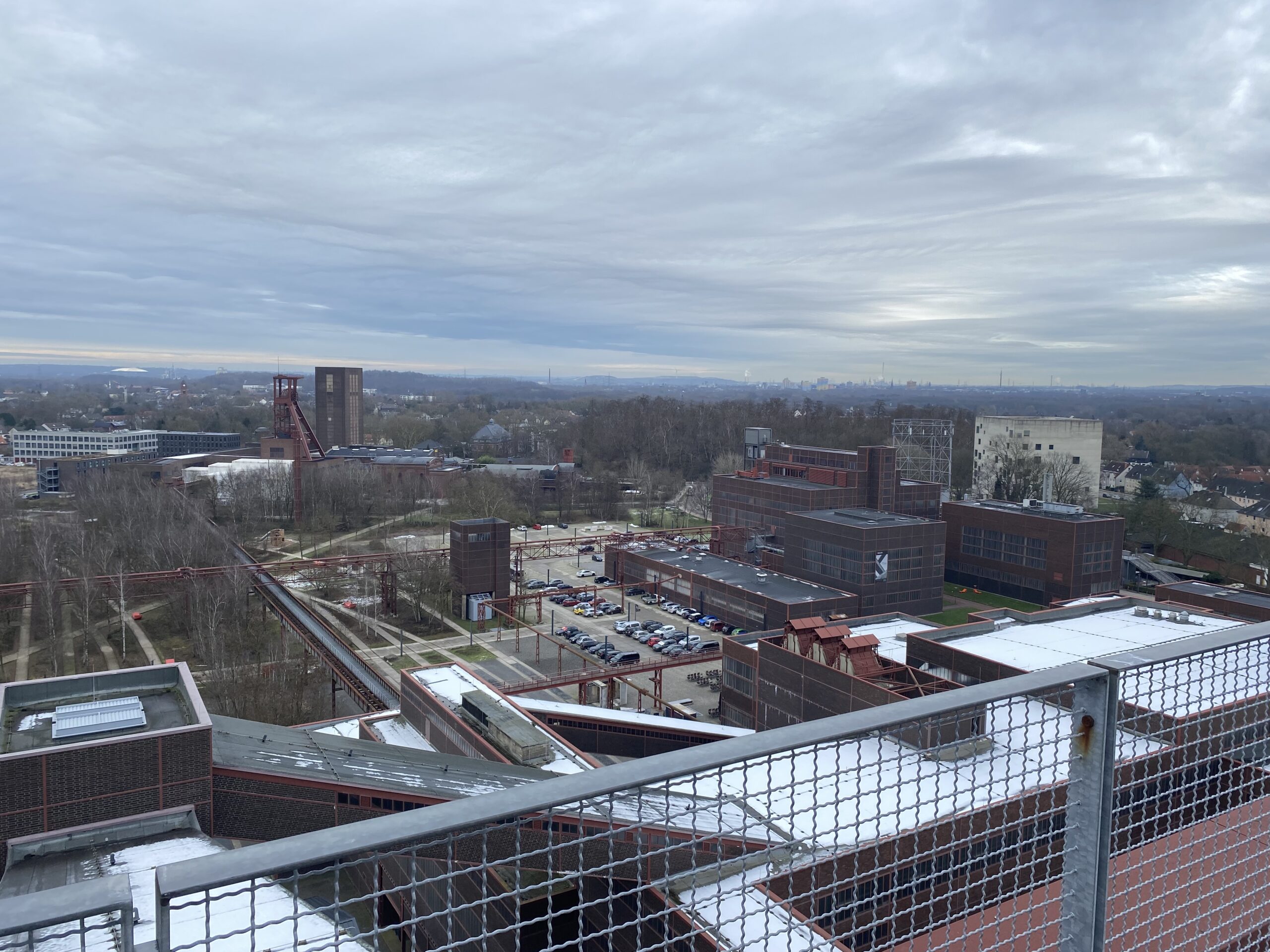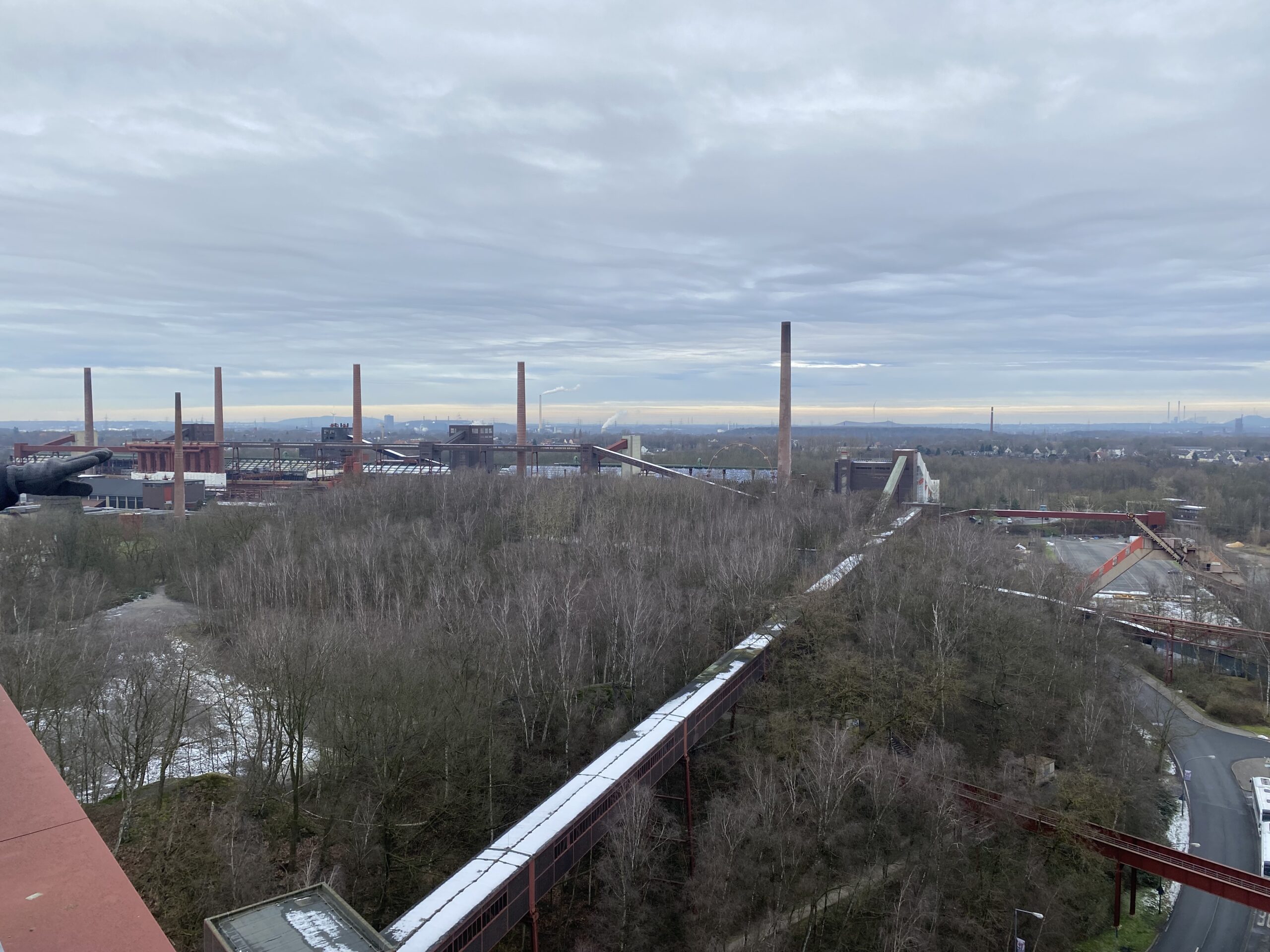The Zollverein System


This week in class we talked and read about how cities can be viewed as a system with infrastructure and its people as components to the system. We discussed how this may work for a regular city, but I was interested in applying the idea of a system to industrial cities like the one found by the Zollverein Coal Mine.
I found the Zollverein Coal mine to be very interesting. Not just because of the scale of the mine and how complex the mine system itself was, but also because it was so strongly integrated into the surrounding area. The city system was built around the mine itself. Houses were built by the mine so workers could easily get to the mine. Near the miner’s houses, schools were built in case the miner’s had children. The whole town could be viewed as a system with the Zollverein mine at the center of it. In other towns, I was fascinated to see that many towns started with a cathedral at the center and then the surrounding area built up around it. Zollverein had similar growth, but with the mine at the center.
The success and decline of the mine can be seen if we view its lifespan along with the concept of stocks. The central stock to the coal mine was coal. This stock would be depleted and refilled as coal was shipped and mined. This balancing loop kept the system stable and the city ran very smoothly while there was still coal. However, once there was no more coal, and the stock was fully depleted, the system collapsed, and the coal mine was shut down. Theoretically, this should mean the system would fall apart, but it continued because the purpose of the mine changed.
Now the mine serves a different purpose in the city system, as a museum, it brings in a different stock, people. Tourists come to visit the museum and while they are there, they use the transportation, they spend money, and they contribute to the city that still surrounds the mine. The mine hosts its museum, as well as theatrical and art performances (Zollverein 8). The mine is a center for culture in the Ruhr. The system was adapted to the loss of coal, and because of this the city remained.
– Robin S.
References:
Zollverein UNESCO World Heritage Site. (2013, May). Zollverein UNESCO World Heritage Site: Truly an Experience. https://www.zollverein.de/app/uploads/2018/02/UNESCO-Welterbe-Zollverein-Imagebroschüre-englisch.pdf
